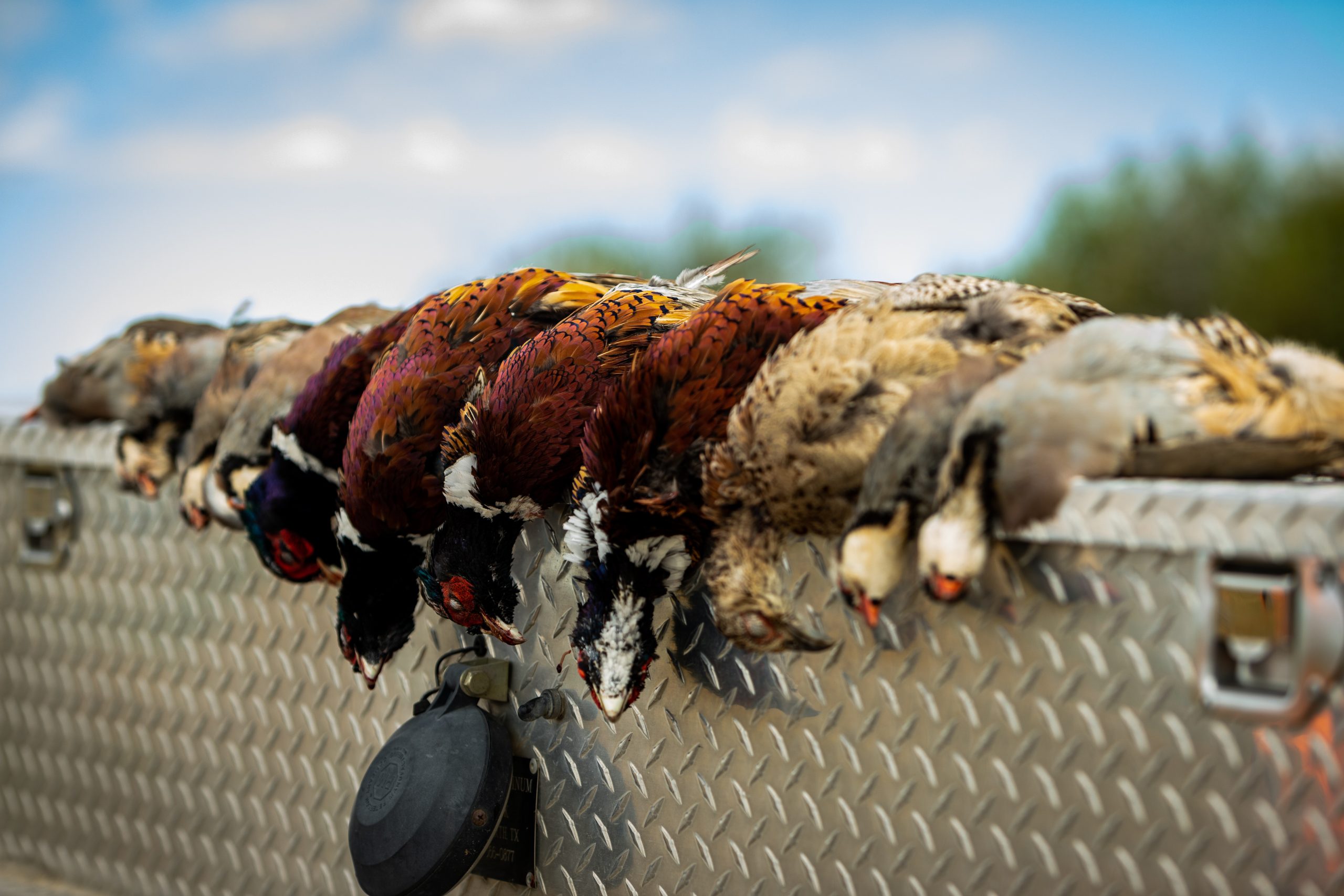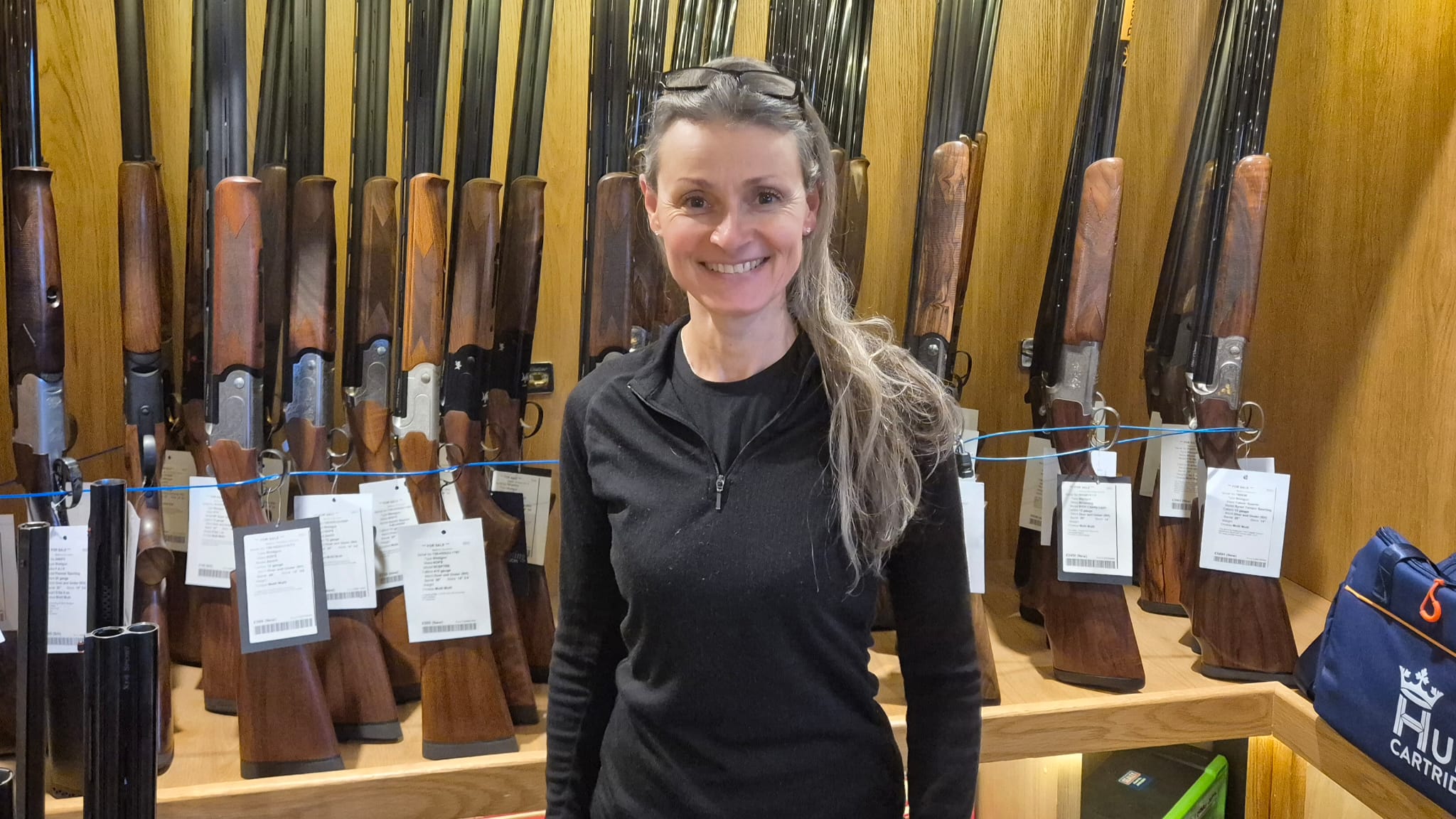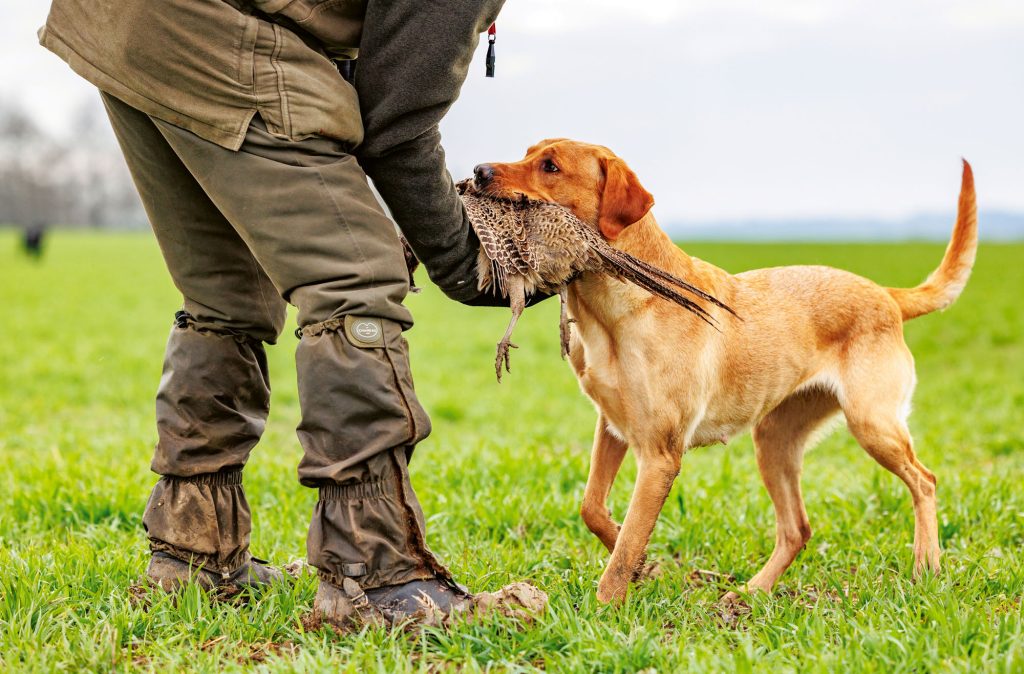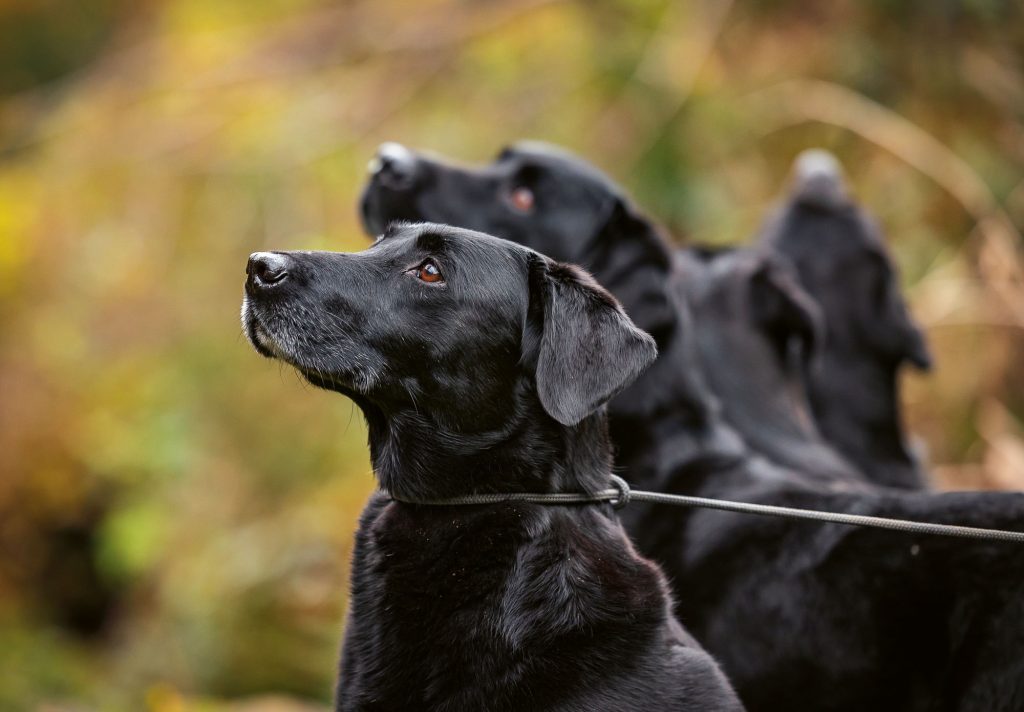How to make the most of partridge shooting
Simon O’Leary of Hownhall Shooting School takes a fresh look at how to make the most of early-season shooting opportunities, specifically, partridge!
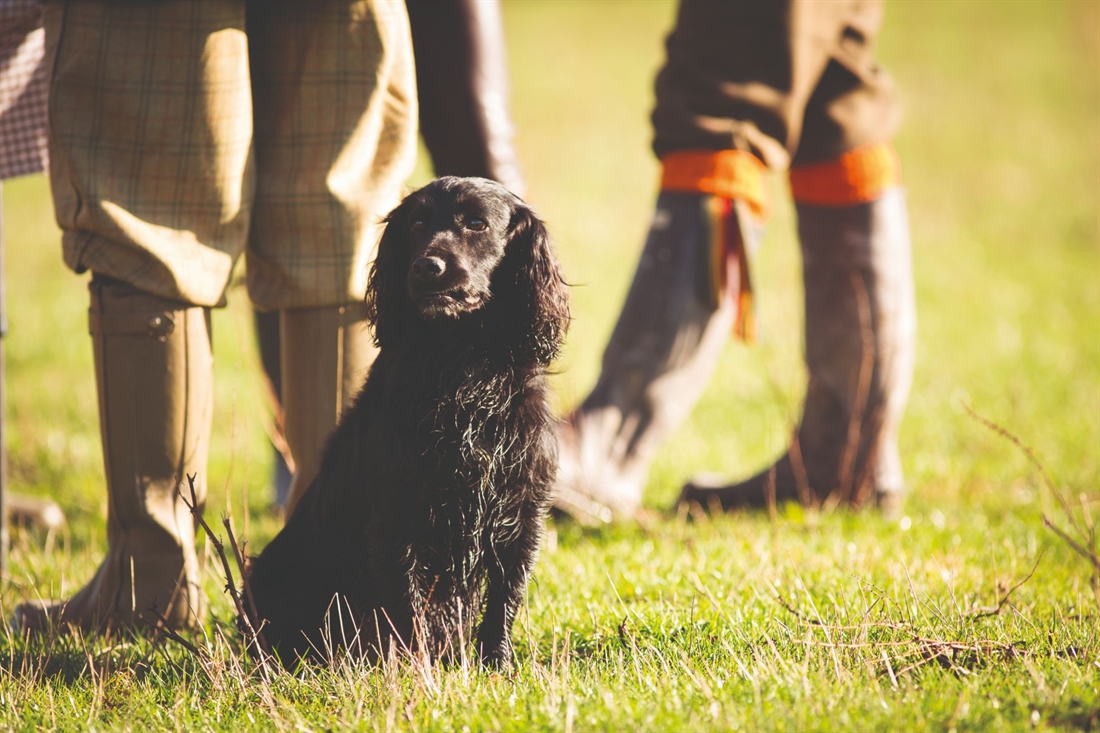
Personally, I’m not overly fond of change, unless of course I chose it! For the last couple of years, we have been presented with struggle and challenge, without choice and indeed without favour, causing no end of pain and resentment. But it seems we are not the only living beings that suffer from killer germs. Pathogenic influenza has wiped out swathes of birds at source, leaving our sporting industry on its knees. There would never be a good time for this hideous natural act, but combined with the possibility of an upcoming recession, the situation resonates just that little bit further.
The obvious loss of jobs within our industry, the lack of income to rural economy, the loss of investment across the shooting fraternity, i.e. service and supply, all of which are catastrophic with long term affect. The bird flu is bloody bad luck and seems to be cyclic, however, the failing economy is another subject all on its own. Still, life moves on and things have a habit of sorting themselves out. There is still shooting available this season and work to do relating to it, so maybe it’s time for a little positive change, the type that is of choice and more importantly, by you!
Although the start of the game season kicks off with the Glorious Twelfth, I realise this is a date that has little real impact on most. It does, however, suggest that partridge are just around the corner, and this will be the start of the season for most. The start of the partridge season is always met with much excitement. A beautiful, flavoursome bird that never fails to impress, heir speed, agility and changeable flight line is always incredibly amazing, continuity at its best.
Once upon a time, I probably subconsciously looked at the season as being all about pheasant, with a few partridge thrown in for measure. This is absolutely the way for some – it’s your shoot and your choice, nothing wrong with that at all. But change did descend upon me, as stood in the field a few years ago I decided that I really did enjoy the magic of partridge and its habitat in favour of others. I don’t believe that one game bird is tougher than the other. The point is that they are all very different in their behaviour and therefore require a differing approach that is personally tailored. Why did my mind change? Pass, just one of those things, call it age maybe or just that little thing inside us all that just says yes, I like that, it feels good.
Now if grouse are low, fast and furious, there are very specific skills required to tame this heather-based rocket. Likewise, the gracious pheasant, with its two or three sets of powerful flutters, gaining the required line and speed to then glide like a Lancaster bomber, fixed and consistent. These should be easy right…?! Far from it, as we all know, but a completely different style approach and skill set is required for neat, timely shooting. So then, partridge are different still, although one could possibly suggest there is a faint mix of the pheasant and grouse entwined, creating a type of hybrid with height and line combined with the ability to turn right very quickly!
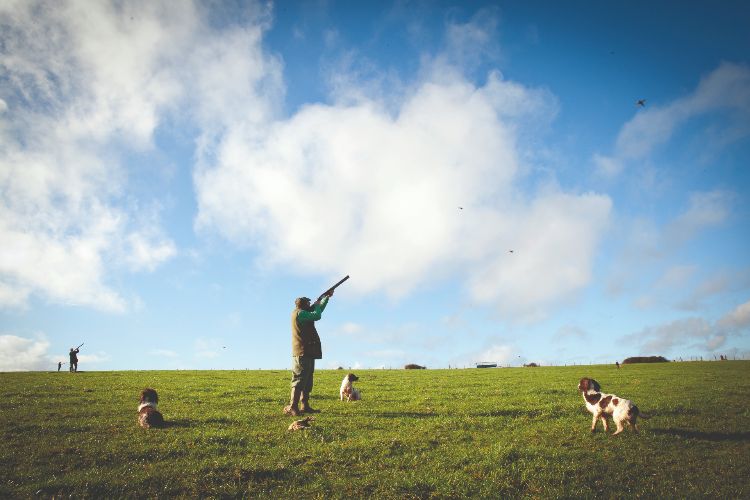
I must apologise and suggest that it’s probably not that interesting, reading about what I like and what I do. The variety of shooting styles are available to all and equally, you all have the option to change what you do, or possibly embrace change as it naturally arrives. But that is just the point. Don’t be afraid to take a fresh look at your shooting and your approach. Definitely don’t copy others, but for sure take inspiration if you see something you like.
For me, the idea of a lovely lowland partridge shoot, employing the use of Pull-away is now the perfect combination. Foot work of course is imperative, a standard requirement as you are already aware. Eyes sharply fixed to the bird as it flies towards you, twisting, undulating to then curve off towards your right-hand side.
You’ve now stepped round and into the shot, eyes still sharply fixed, as the muzzle is pushed out and onto the bird. At exactly the same time, your stock fixes into your cheek, a sensory momentary connection is made, you and the bird are linked, for you to then accelerate away, using your timing, to then pull the trigger for a neat clean connection.
When you pull away, imagine you’re pulling through treacle… A lovely friend of mine, the amazing Gilly Bate, fly fishing instructor extraordinaire, suggested the treacle touch some years ago. As with all our country pursuits there is some cross-over, and her advice is definitely applicable in the aid of good muzzle management. Why not try it… for a change!

